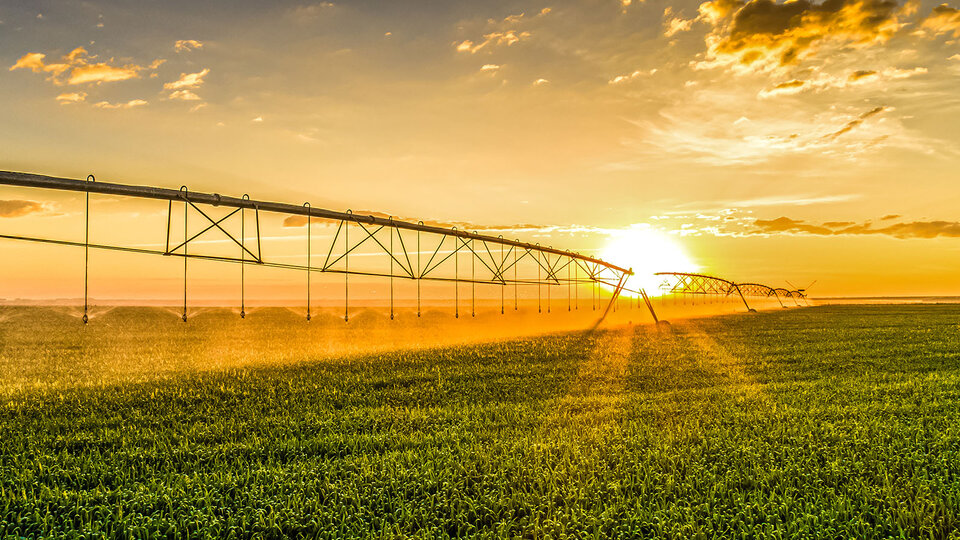The Nebraska Water Center, established by Congressional mandate as one of 54 Water Resources Research Institutes in 1964, focuses on helping the University of Nebraska become an international leader in water research, teaching, extension and outreach. The Nebraska Water Center is part of the Daugherty Water for Food Global Institute at the University of Nebraska.
News
Events
The Water Sciences Laboratory
The Water Sciences Laboratory has been providing professional services to businesses, academic researchers, and government entities since the early 1990s.
The Water Sciences Laboratory (WSL) was established as a core research facility at the University of Nebraska-Lincoln as part of the Nebraska Water Center in 1990. The facility was created to enhance and support NU water research as a state-of-the-art laboratory that could provide technical services and expertise in analytical and isotopic methods.

Daugherty Water for Food Global Institute
The Water for Food Global Institute at the University of Nebraska was founded in 2010 to address the global challenge of achieving food security with less stress on water resources through improved water management in agricultural and food systems.
- Learn more about DWFI
- Sign Up for the Water for Food Digest
- Read the Water for Food News



